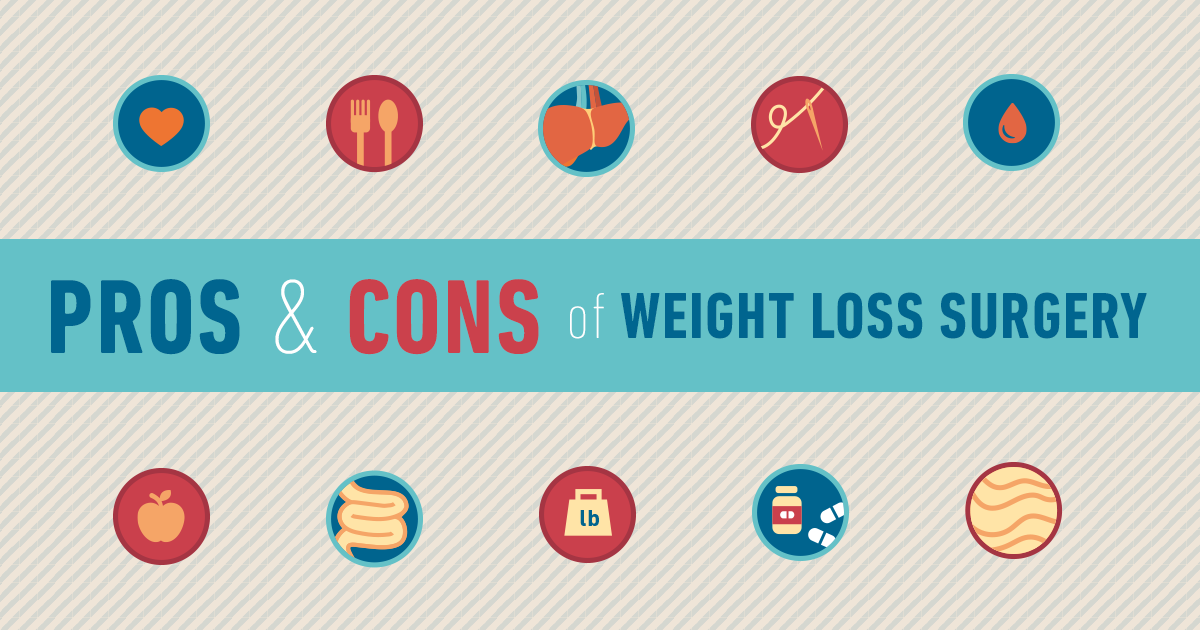Just How Does SMILE Eye Surgical Procedure Compare To LASIK And PRK?
Just How Does SMILE Eye Surgical Procedure Compare To LASIK And PRK?
Blog Article
https://ktar.com/story/3031683/how-cataract-surgery-can-improve-every-type-of-vision/ Created By-Munksgaard Kerr
If you have actually been considering SMILE eye surgical treatment, you could ask yourself exactly how it stacks up against LASIK and PRK. Each procedure has its own collection of advantages and factors to consider. From How Much Is Eye Surgery Cost to potential threats, there are vital differences you must recognize prior to choosing. Understanding these differences will certainly assist you make an enlightened selection that aligns with your certain needs and assumptions. Interested to know even more regarding how these treatments compare thoroughly? Continue checking out to obtain a thorough understanding of SMILE, LASIK, and PRK.
SMILE Eye Surgery Introduction
If you're considering SMILE eye surgical treatment, you'll discover it to be a minimally intrusive procedure with a fast recuperation time. During SMILE (Little Cut Lenticule Removal), a laser is made use of to create a little, precise cut in the cornea to get rid of a small piece of cells, improving it to remedy your vision. This varies from LASIK, where a flap is created, and PRK, where the outer layer of the cornea is completely gotten rid of.
One of the crucial advantages of SMILE is its minimally invasive nature, resulting in a faster healing procedure and less pain post-surgery. The healing time for SMILE is reasonably quick, with several patients experiencing enhanced vision within a day or two. This makes it a prominent option for those seeking a convenient and reliable vision modification treatment. Furthermore, SMILE has actually been revealed to have a lower risk of dry eye syndrome compared to LASIK, making it a favorable option for people worried about this potential adverse effects.
Differences In Between SMILE, LASIK, and PRK
When comparing SMILE, LASIK, and PRK eye surgical procedures, it is necessary to recognize the distinctive strategies utilized in each treatment for vision modification.
SMILE (Tiny Cut Lenticule Extraction) is a minimally intrusive procedure that involves creating a small incision to remove a lenticule from the cornea, reshaping it to fix vision.
more info here (Laser-Assisted Sitting Keratomileusis) includes developing a slim flap on the cornea, utilizing a laser to reshape the underlying tissue, and afterwards rearranging the flap.
PRK (Photorefractive Keratectomy) eliminates the outer layer of the cornea prior to reshaping the cells with a laser.
LASIK Eye Surgery Side Effects In Hindi lies in the method the cornea is accessed and treated. SMILE is flapless, making it an excellent choice for individuals with slim corneas or those involved in get in touch with sporting activities. LASIK supplies fast visual recuperation because of the flap creation, yet it may present a greater risk of flap-related issues. PRK, although having a longer recovery period, avoids flap-related problems completely.
Understanding these variances is important in selecting the most suitable treatment for your vision adjustment needs.
Pros and Cons Comparison
To examine the advantages and downsides of SMILE, LASIK, and PRK eye surgical procedures, it's vital to take into consideration the specific advantages and prospective limitations of each procedure. SMILE surgical procedure provides the benefit of a minimally invasive procedure, with a smaller laceration and possibly quicker recuperation time contrasted to LASIK and PRK. It additionally reduces the threat of completely dry eye post-surgery, an usual side effect of LASIK. However, SMILE may have restrictions in treating higher levels of myopia or astigmatism compared to LASIK.
LASIK surgery provides rapid visual recovery and very little discomfort throughout the treatment. It's very efficient in treating a vast array of refractive mistakes, including nearsightedness, hyperopia, and astigmatism. Yet, LASIK lugs a threat of flap difficulties, which can affect the corneal structure.
PRK eye surgical procedure, while not as popular as LASIK, stays clear of creating a corneal flap, minimizing the threat of flap-related problems. It's suitable for patients with thin corneas or irregular corneal surface areas. Nonetheless, PRK has a much longer recovery time and may entail much more discomfort during the recovery procedure.
Final thought
So, when it concerns picking in between SMILE, LASIK, and PRK, consider it like selecting the perfect pair of shoes. SMILE resembles a streamlined, comfortable set of tennis shoes - fast and easy.
LASIK is much more like fashionable high heels - fancy and fast, yet with some prospective risks.
PRK resembles tough treking boots - dependable and durable, but requiring a little bit more time and effort.
Inevitably, the best selection depends upon your specific needs and preferences.
